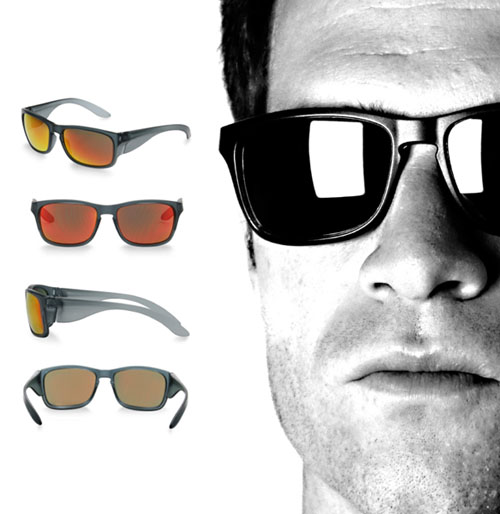
-
 General Purpose Gloves - CoatedMaxiFlex® Ultimate™34-874
General Purpose Gloves - CoatedMaxiFlex® Ultimate™34-874
-
 Cut Resistant GlovesMaxiFlex® Cut™34-8743
Cut Resistant GlovesMaxiFlex® Cut™34-8743
-
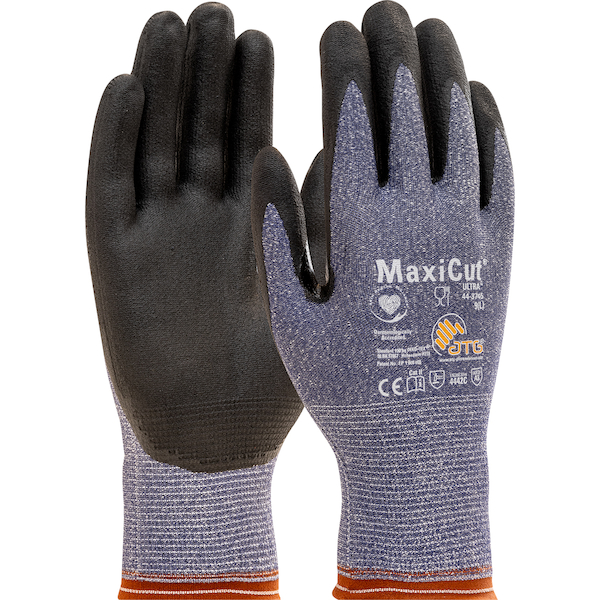 Cut Resistant GlovesMaxiCut® Ultra™44-3745
Cut Resistant GlovesMaxiCut® Ultra™44-3745
-
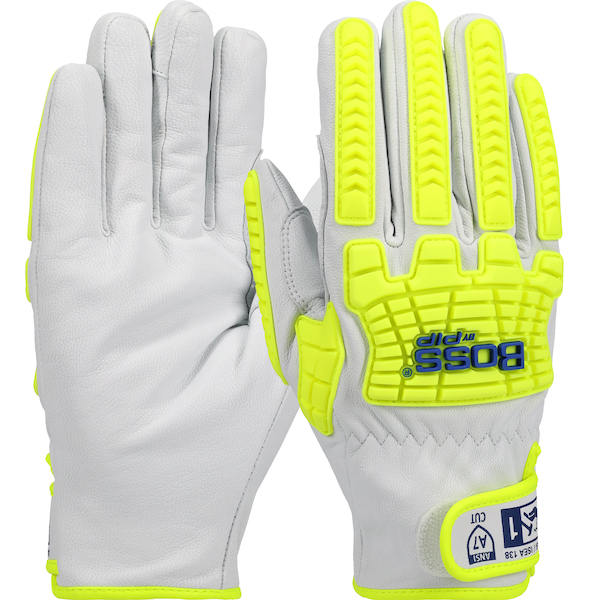 Hi Performance GloveBoss®9916
Hi Performance GloveBoss®9916
-
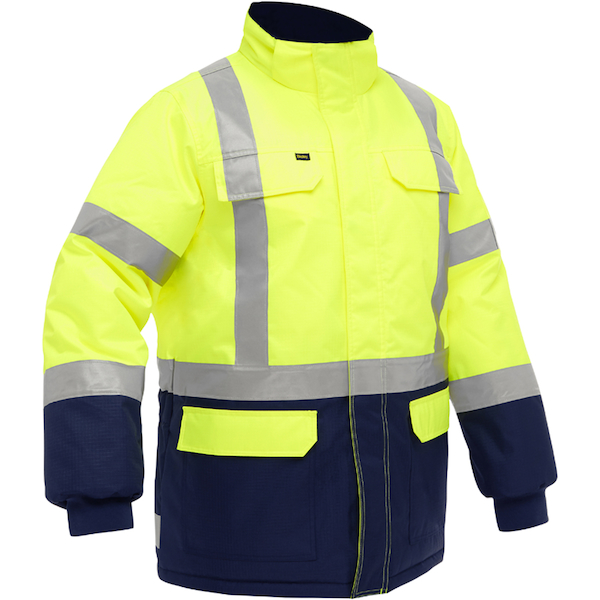 Cold Weather WearBisley®343M6450X
Cold Weather WearBisley®343M6450X
-
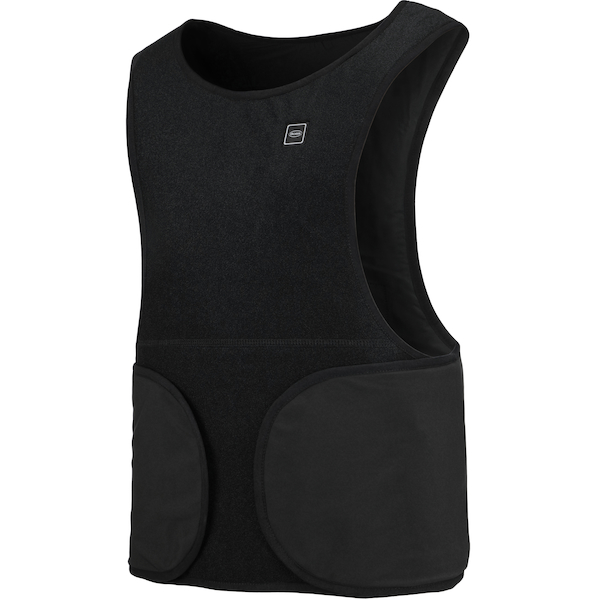 Heated ApparelBoss®300-HV100
Heated ApparelBoss®300-HV100
-
 Extended Use Disposable GlovesGrippaz™ Skins67-246
Extended Use Disposable GlovesGrippaz™ Skins67-246
-
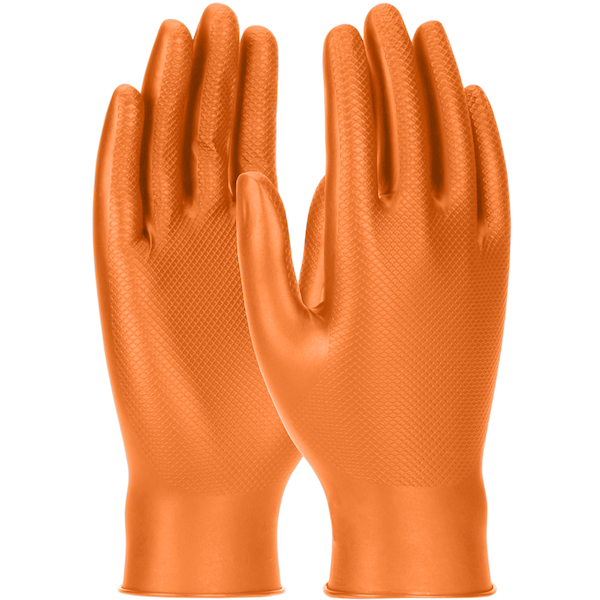 Extended Use Disposable GlovesGrippaz™ Skins67-256
Extended Use Disposable GlovesGrippaz™ Skins67-256
-
 Hi Performance GloveG-Tek® PolyKor®16-AR413
Hi Performance GloveG-Tek® PolyKor®16-AR413
-
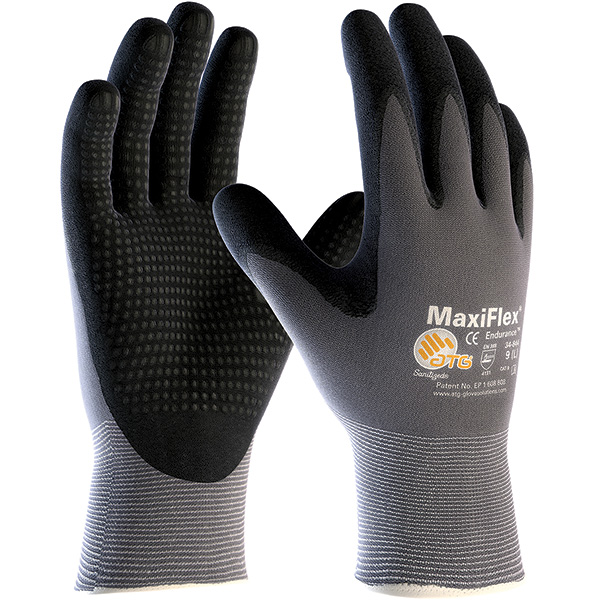 General Purpose Gloves - CoatedMaxiFlex® Endurance™34-844
General Purpose Gloves - CoatedMaxiFlex® Endurance™34-844
-
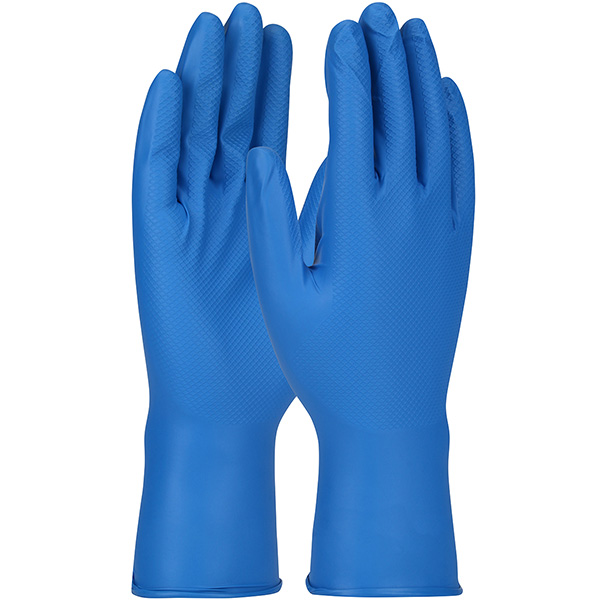 Extended Use Disposable GlovesGrippaz™ Food Plus67-308
Extended Use Disposable GlovesGrippaz™ Food Plus67-308
-
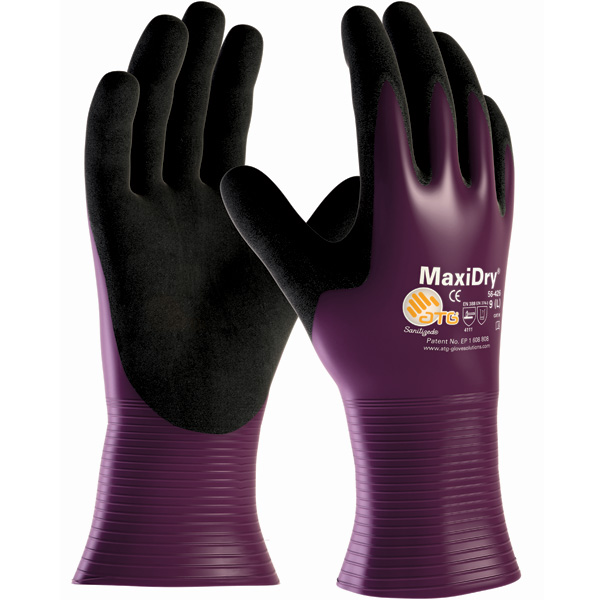 General Purpose Gloves - CoatedMaxiDry®56-426
General Purpose Gloves - CoatedMaxiDry®56-426


















